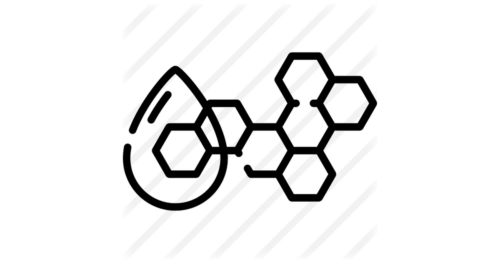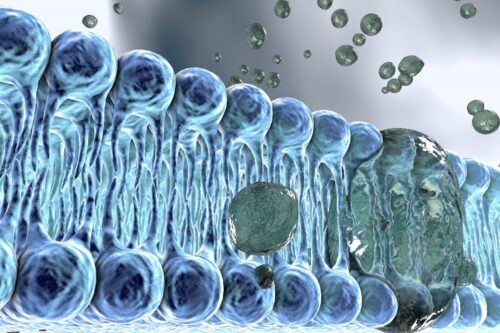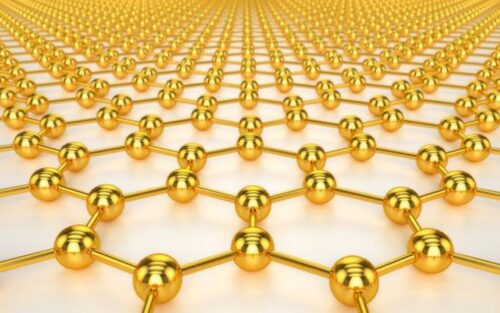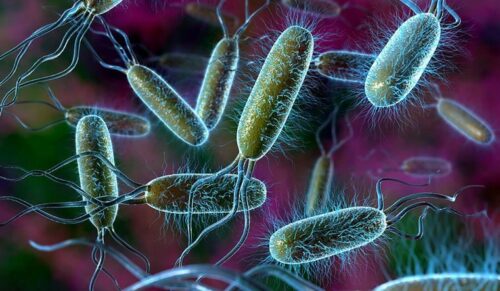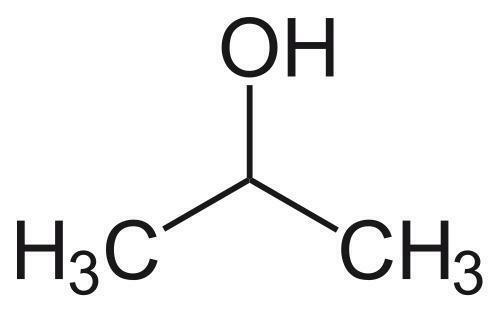In this study, we presented an investigation of mechanical properties by AFM nanoindentation on human hepatocellular carcinoma cells treated with fullerenol for 24, 48 and 72 h. AFM nanoindentation was routinely applied to investigate the morphology and biomechanical properties of living carcinoma cells, and adhesion phenomena (negative force) were detected in the obtained force-displacement curves. Conventionally, Hertz contact model has been widely used for determination of cell elasticity, however this contact model cannot account for adhesion. Alternatively, JKR contact model, as expected for adhesion circumstance, has been applied to fit the obtained force-displacement curves. In this investigation, we have derived both the work of adhesion and the elastic modulus of biological cells (human hepatocellular carcinoma) under fullerenol treatment. The results show that the chosen JKR model can provide better fitting results than Hertz contact model. The results show that both Young’s modulus and work of adhesion exhibit significant variation as the treatment time increases. The calculated mechanical properties of elastic modulus and work of adhesion can be used as an effective bio-index to evaluate the effects of fullerenol or other anticancer agents on cancer cells and thus to provide insight into cancer progression in the treatment.
Related researches 71 articles





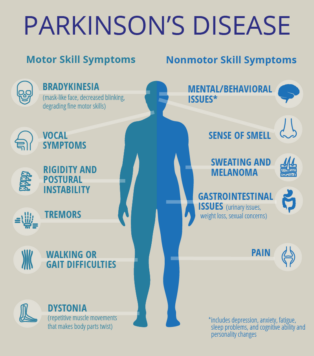
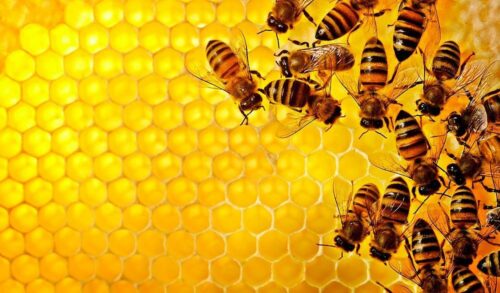




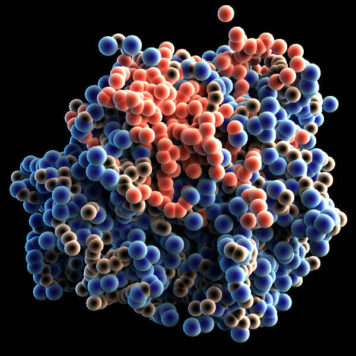



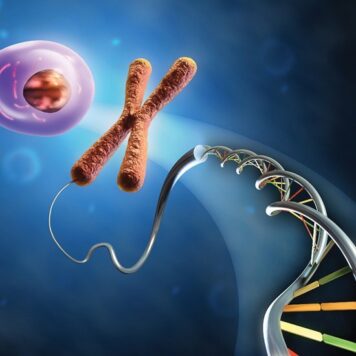



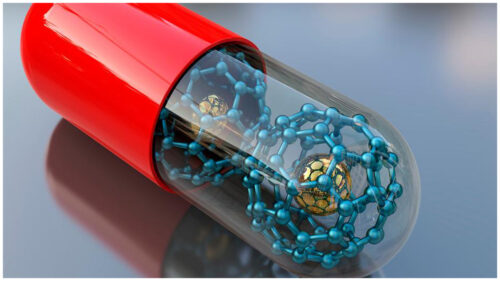



![Inhalable gadofullerenol/[70] fullerenol as high-efficiency ROS scavengers for pulmonary fibrosis therapy](https://biofullerene.com/wp-content/uploads/2022/12/istockphoto-12925559-440x356.jpg)
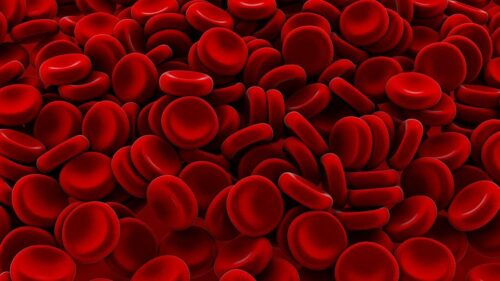


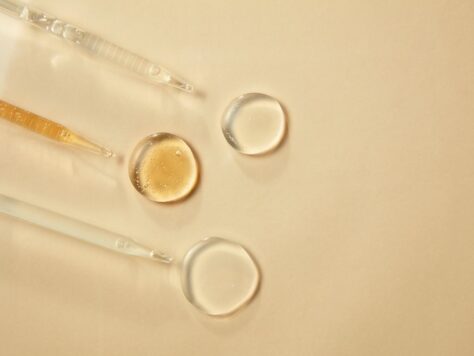
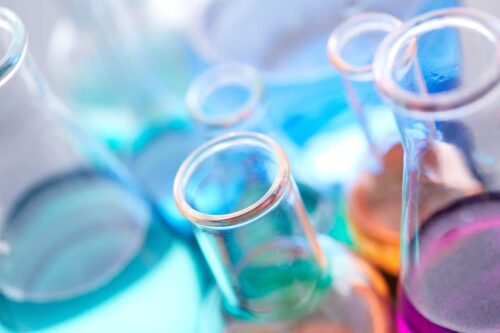



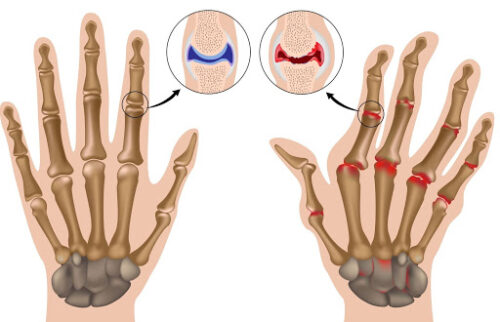
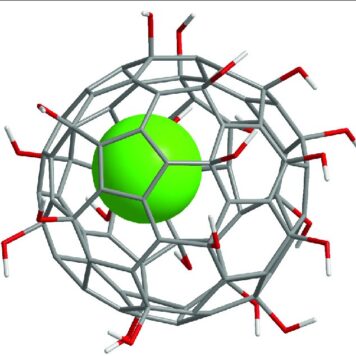

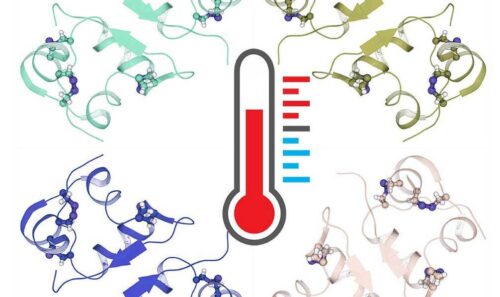

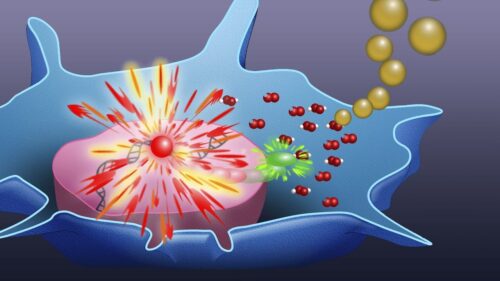
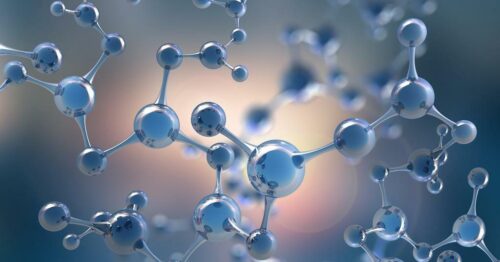






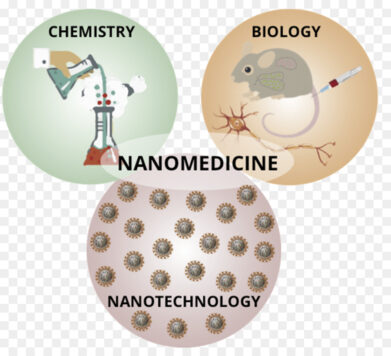



![Palladium-Catalyzed Reaction of [60]Fullerene with Aroyl Compounds via Enolate-Mediated sp 2 C-H Bond Activation and Hydroxylation](https://biofullerene.com/wp-content/uploads/2022/12/2978543-356x356.png)
